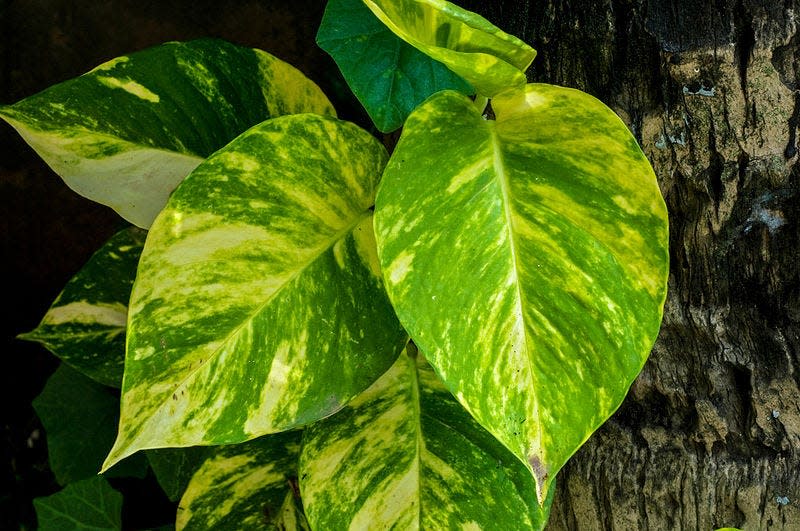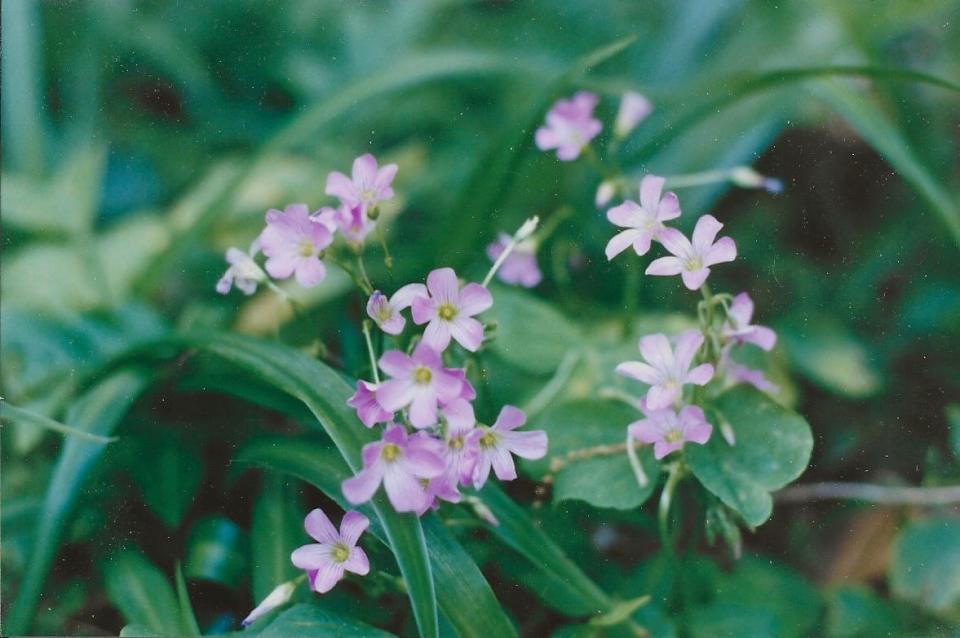Looking for a tropical trailing plant that thrives indoors? Take a look at these

For generations, trailing plants have added a natural touch and helped soften the hard surfaces and straight edges found in homes and commercial settings.
Remarkably, except for weeping succulents, many popular trailing species are native to perpetually wet and humid tropical forests. That these plants can prosper in the dry conditions found indoors illustrates their toughness. Incidentally, the stems that dangle so gracefully out of containers are just as content climbing trees.
The first plants that come to mind are Philodendrons, especially heartleaf philodendron. An incredibly tough and adaptable houseplant, this dependable Brazilian vine can even be grown in a vase of water for months. For something a bit different, there are also velvet leaf, silver stripe and Brasil philodendrons, which share the same gracefully cascading growth habit. Trailing philodendrons grow best in containers of average potting mix set in bright, indirect light and irrigated before the soil dries out.
Equally at home indoors and, frankly, considerably more colorful than most philodendrons, are dwarf varieties of arrowhead vine (Syngonium podophyllum). Whether growing on a kitchen windowsill, accenting a bookcase or enlivening a coffee table, dwarf syngoniums such as pixie, dwarf red and dwarf silver are hard to beat. Growth is best in bright, indirect light, but dim conditions are tolerated for long periods. If you’re a plant lover with just one ideal location, consider cultivating two varieties of this Tropical American genus, and switch their locations every week or so.
Another indoor stalwart among trailing plants is pothos (Epipremnum aureum). Also – inexplicably – known as devil’s ivy, pothos is often more vigorous than philodendrons and syngoniums and can tolerate stronger light. Among varieties of this Southeast Asian vine are golden pothos, neon pothos, marble queen and cebu blue. Cultivating two varieties in one pot can, if they’re well chosen, be extremely attractive.
Nature's disco ball?Rainbow eucalyptus offers an ever-changing explosion of color
Not just MediterraneanOlive trees for your Central Florida landscape
A gift from Central AmericaSapodillas are beautiful, low maintenance with tasty fruit. They just can't handle cold
Americans tend to embrace sizePlants for gardeners who think big
If you’re wondering about scindapsis pictus and its lovely hybrids, I’m not including them here because of their low tolerance for dry indoor air.
An unusual and attractive trailing plant that does handle low humidity well is Amazon jungle vine (cissus amazonica) from Brazil. It features leaves shaped like spearheads with green and silver tops and striking red undersides. A member of the grape family, Amazon jungle vine is a dependable houseplant for dim locations, though it revels in bright, indirect light. All the plants mentioned are easily propagated from cuttings and are available from online sources most of the year.

Plant to ponder: Violet wood sorrel
Native to much of the US, violet wood sorrel (oxalis violacea) is a four- to six-inch tall perennial that performs best in bright, filtered light and flowers most of the year. Bulbs are available online.
This article originally appeared on The Ledger: These tropical trailing plants thrive indoors despite the dry air

